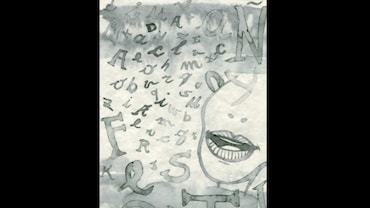Should the court's authority extend to deciding what one wears?
Can the court assume the moral role of telling men and women what is appropriate to wear? Does this in any way infringe upon the sphere of personal freedom?

Poonam Kumari, a junior engineer with the irrigation and public health department of Himachal Pradesh, was due for a court appearance at the high court in Shimla. That morning she dressed like she did for work every day, putting comfort first. She pulled on a pair of jeans, and picked a multicoloured chequered shirt to go with it and was all set for the day. But court proceedings came to a halt when the division bench comprising Justices Tarlok Singh Chauhan and Ajay Mohan Goyal proceeded to haul her up for "not being appropriately dressed". According to them, her choice of clothes was unfit for a court appearance. "What is more appalling is when she informed the court that she even discharges her official duties wearing only these kinds of dresses," they noted.
The 17 July 2017 high court order subsequently led to the Himachal Pradesh government prescribing a dress code for government employees attending court hearings and office. Himachal Pradesh chief secretary, V. C. Pharka, on 3 August, stipulated in an advisory that all government employees should be attired in appropriate "formal, modest clothes" in "sober colours" and not look "gaudy". Its mandate was that "[c]asual and party attire should be strictly avoided during appearance in court and while attending office. The mannerism, conduct and dress of a government servant should reflect a sense of decorum, decency, professionalism and seriousness of purpose at the workplace as well as during appearance in Hon'ble Courts".
The Verdict
Justices Tarlok Singh Chauhan and Ajay Mohan Goyal in their order stated: "The Judges and Magistrates play a pivotal role in the administration of justice and that is why they wear specific dress prescribed by the Rules framed by the High Court. This dress is worn compulsorily in order to maintain the dignity and decorum of the court and, therefore, we see no reason why any litigant, more particularly, Government officers and officials should be improperly or inappropriately dressed while appearing before the Court. After all being appropriately dressed only induces a seriousness of purpose and a sense of decorum which is highly conducive for the dispensation of justice."
The court also noted that "… of late there has been lamentable slackness in matters of litigants attire, more particularly, Government officers and officials appearing before this Court and this only (to borrow the words of Allahabad High Court in Prayag Das vs Civil Judge, Bulandshahr AIR 1974 Allahabad 133) precipitates sartorial inelegance and judicial indecorum and undermines the majesty of law." The court then reiterated that "litigants appearing before this Court, more particularly, Government officers and officials should be dressed, if not formally at least appropriately or else they may start dressing more indiscreetly". The court cited Jharkhand's example, which, through its Personnel Administrative Reforms and Rajbhasha Department, asked all its officers and staff not to appear before the court in casual dresses in May this year. This decision was arrived at after the Jharkhand High Court reprimanded the chief secretary for the state, for wearing a colourful printed sari during her appearance in court
Agree? Disagree? Sound off at editor.india@rd.com






